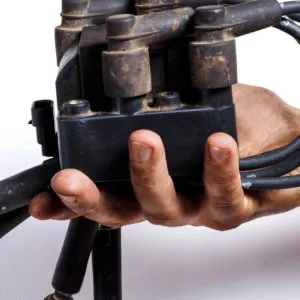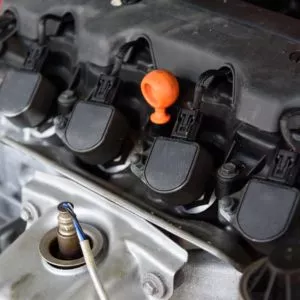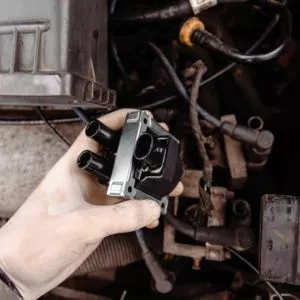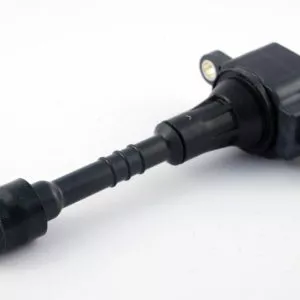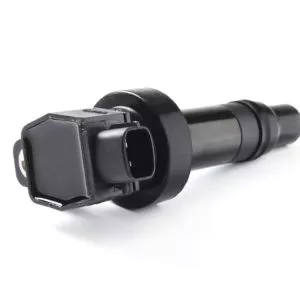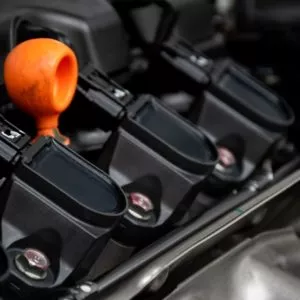Are you a newbie looking for an easy repair project that you can do yourself? Many late-model cars have individual coil-on-plug (COP) ignition coils that are easy to replace—with the COP design, each cylinder has an individual ignition coil sitting on top of the spark plug.
Typically, to remove this type of coil, all you need to do is disconnect its electrical connector, and remove its retaining fastener. Then, you can remove the coil from the vehicle.
Easy peasy, right?
Of course, there are some vehicles that have the coils buried under a bunch of other stuff. So, it’s a good idea to make sure yours are easy to access before digging in.
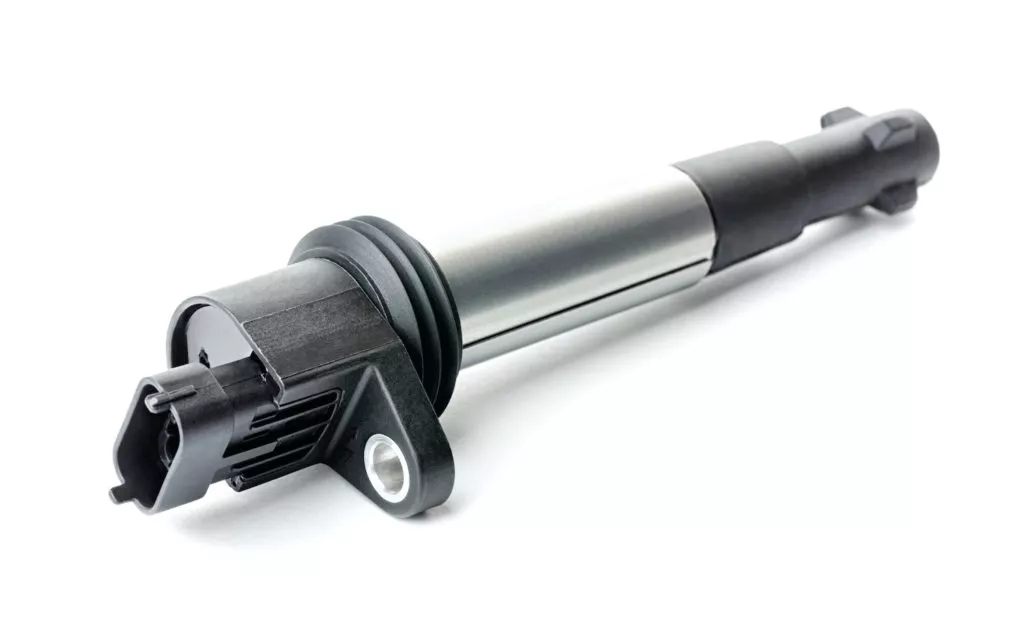
How to Change an Ignition Coil (COP design)
Ignition coils convert the low-voltage from the battery into the high-voltage needed to fire the spark plugs. Obviously, such a demanding role may cause the coils to wear out over time.

They can also fail due to external factors. Examples include high resistance in the secondary ignition circuit and contamination from engine oil.
Regardless of the cause of failure, a faulty ignition coil should be replaced right away. A bad coil can cause an engine misfire that eventually damages other parts of the vehicle (e.g., the catalytic converter).
Here’s a video about how ignition coil works:
With that in mind, are you ready to replace one of your COP ignition coils? Good, then let’s get started!
Tools Needed to Replace a COP Ignition Coil:
The tools needed to replace a COP ignition coil will vary, depending on what type of car you have.
In general, however, you’ll need:
- Ratchet set (ratchet, sockets, and extensions)
- Repair manual or access to a repair database
- Torque wrench (optional)
- Safety glasses
COP Ignition Coil Replacement Instructions:
Before we begin, keep in mind: all vehicles are different. The information below is generic and for entertainment and educational purposes only. Be sure to follow the repair information for your specific application.
Repair manuals, such as those from Chilton, are useful, but a subscription to a repair database is even better. ALLDATA and Mitchell 1 both have single-vehicle subscriptions for DIYers that provide detailed factory repair information.
You can learn more about accessing quality repair information in this article.
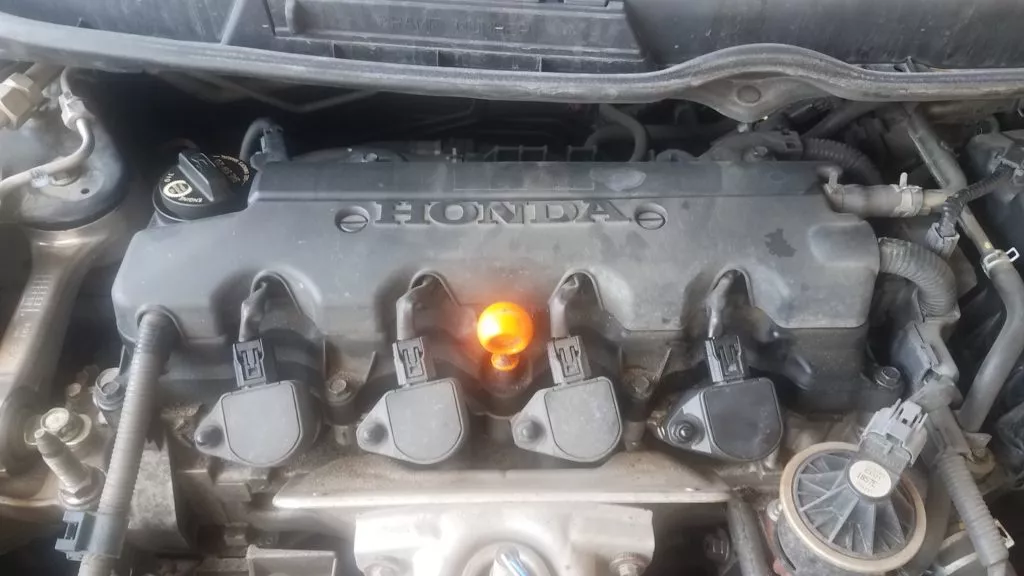
Ignition Coil Removal
- Put on your safety glasses.
- Make sure the engine and ignition are both off. The engine should also be cool.
- Clean the area around the ignition coil to remove any loose dirt or debris.
- Remove the ignition coil electrical connector. Usually, this involves pushing down on the connector’s tab while pulling the connector away from the coil.
- Use a ratchet and socket to remove the ignition coil retaining fastener(s).
- Pull the ignition coil up and away from the engine to remove it from the spark plug.
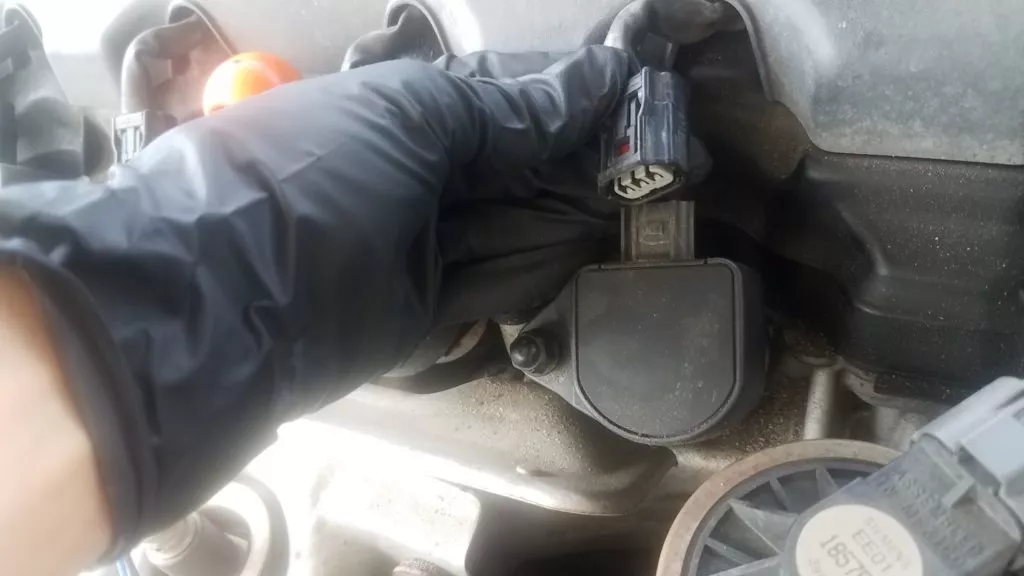
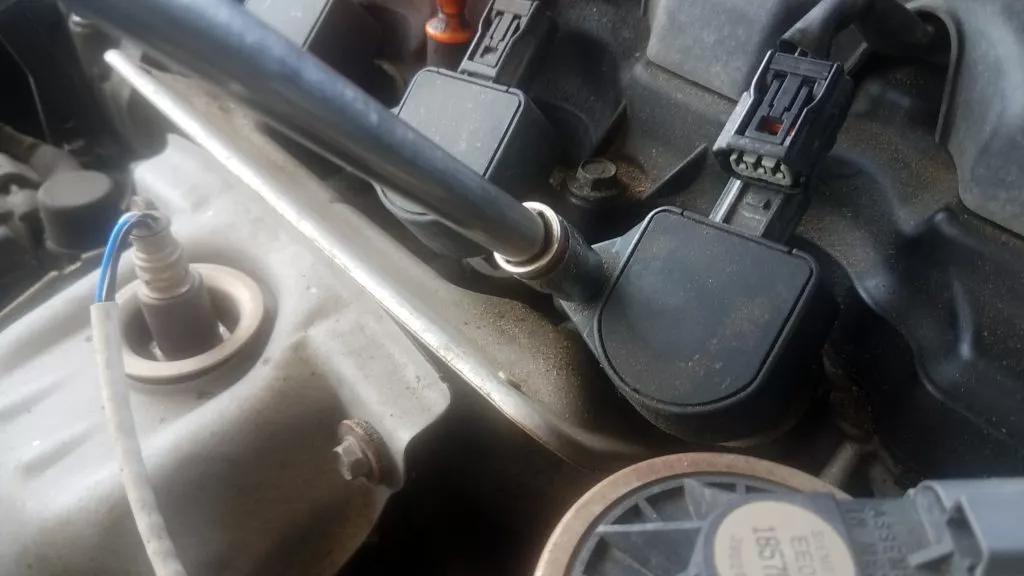
Ignition Coil Installation
- Compare the new ignition coil to the old ignition coil to ensure that both are the same design.
- Position the coil over the spark plug.
- Make sure the coil’s mounting hole lines up with the stud or hole on the engine.
- Press down on the coil gently.
- Reinstall the coil retaining fastener(s), then use a ratchet and socket to tighten it until it’s snug. If you’re unsure of how tight the fastener(s) should be, use a torque wrench to tighten it to the manufacturer’s specification. This information can be found in a repair manual or repair database.
- Reinstall the coil electrical connector. You’ll hear it click once it’s securely in place.
- Start the engine to check your work.
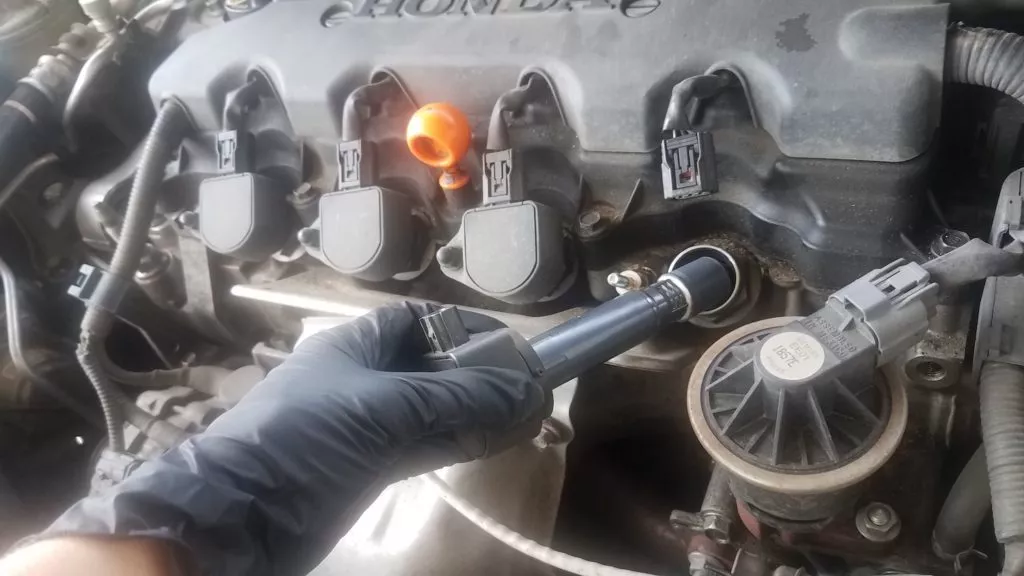
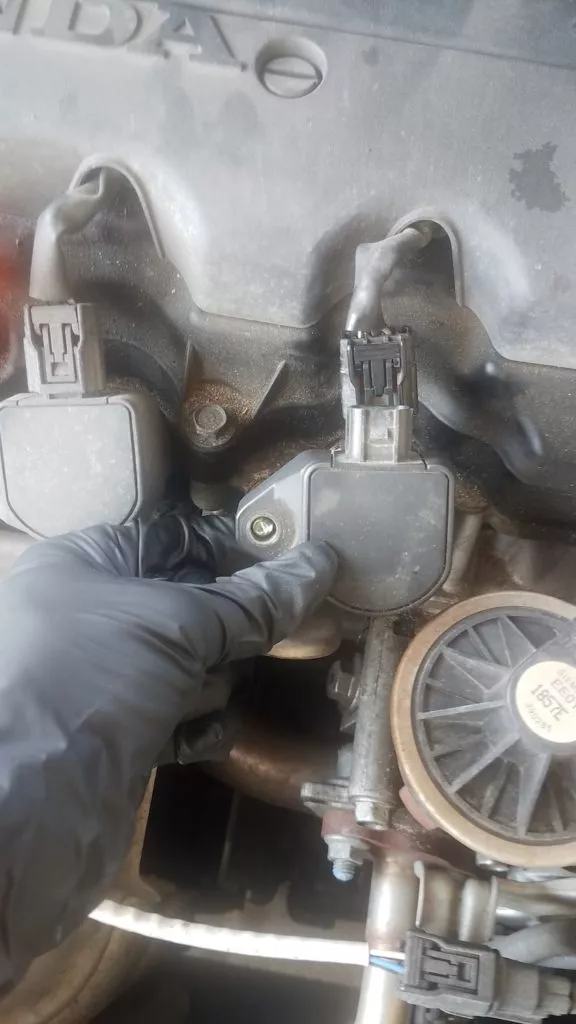
Get Your New Ignition Coil Quickly
When something goes wrong with your vehicle’s ignition coil, stop driving your car until you have it replaced. The last thing you want is more ignition problems that involve costly repairs. CarParts.com lets you repair your car quickly by shipping replacement ignition coils to your doorstep.
At CarParts.com, our on-hand parts are ready to ship from our nearest distribution center. You can get your new parts in as fast as two business days if you live in the continental US and submit your order before 12:00 pm ET. We also make it easy to find ignition coils that fit your car. Browse our extensive catalog of parts and accessories for the right products by plugging your vehicle’s details into our website’s built-in vehicle selector. Got any questions about our ignition coils, such as their price tags and fit? Our friendly customer service team is always ready to help.
Restore your car’s performance by getting replacement ignition coils from CarParts.com. Check out our wide selection of ignition coils and shop now.
Any information provided on this Website is for informational purposes only and is not intended to replace consultation with a professional mechanic. The accuracy and timeliness of the information may change from the time of publication.


